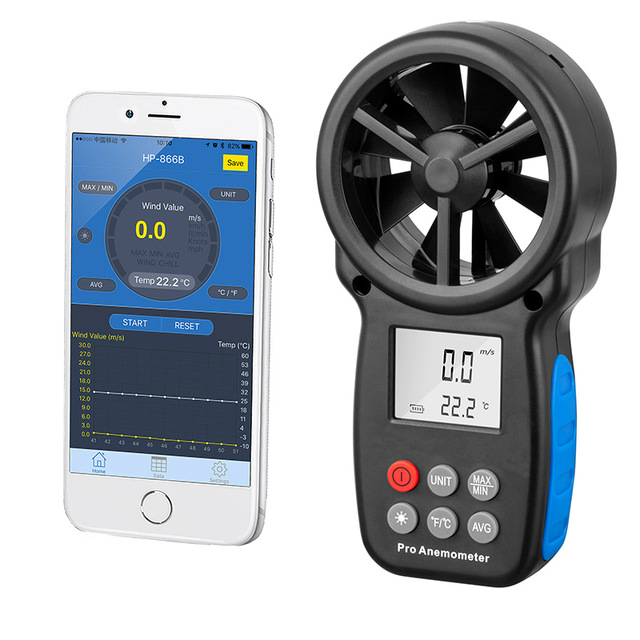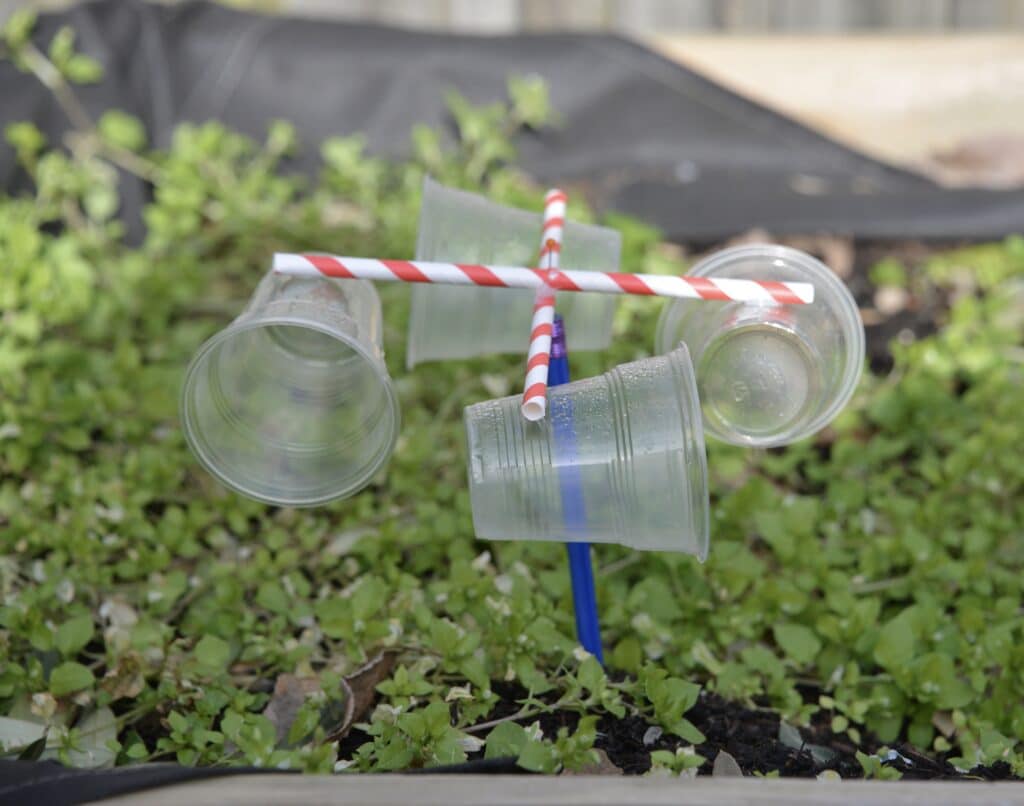Selecting the Right Anemometer: A Comprehensive Purchasing Guide
All You Required to Understand About Anemometers: How They Function, Why They Matter, and Where to Make use of Them
Anemometers, though frequently forgotten in the realm of clinical instruments, play an essential duty in various areas, providing beneficial understandings right into wind speed and airflow patterns. Comprehending the auto mechanics behind these tools is crucial for any person seeking to harness the power of this information. From meteorologists tracking weather patterns to designers creating structures with wind lots in mind, the applications of anemometers are diverse and significant. As we explore the complexities of anemometer modern technology, we will discover the internal workings of these devices, their relevance, and the key considerations when picking the right anemometer for particular applications.

Anemometer Fundamentals
An essential instrument utilized to measure wind speed and instructions, the anemometer plays a crucial role in weather forecasting and various markets. An anemometer typically consists of three or 4 cups that revolve in the wind, a vane that aims into the wind, and sensing units to track the rotations or movements.
There are different kinds of anemometers available, including mug anemometers, vane anemometers, hot-wire anemometers, and sonic anemometers, each with its special features and applications. Mug anemometers are frequently utilized for fundamental wind speed measurements, while vane anemometers are favored for directional measurements.
Principles of Anemometer Operation
Structure on the fundamental understanding of anemometer basics, the principles of anemometer operation clarify the auto mechanics behind wind speed and instructions dimensions. Cup anemometers, for instance, have three or even more mugs that catch the wind, causing them to rotate faster as the wind speed rises. Hot-wire anemometers depend on a heated wire that cools down as wind passes over it, with the rate of cooling down determining the wind rate.
Significance of Anemometers
The significance of anemometers in meteorology and numerous markets can not be overstated. Anemometers play a critical role in gauging wind rate and instructions, giving crucial information for weather forecasting, environment research studies, environmental surveillance, and air travel procedures. Meteorologists depend on anemometers to gather precise wind information, helping them recognize weather patterns, forecast storms, and problem prompt warnings to the general public. In industries such as construction, farming, renewable energy, and maritime procedures, anemometers are made use of to maximize processes, ensure security, and increase effectiveness. Wind ranch operators utilize anemometers to examine wind problems and take full advantage of electricity production from wind turbines. In the maritime market, anemometers help ship navigating by offering real-time wind info see here now to captains, aiding them make informed decisions to make sure secure voyages. Overall, anemometers are vital devices that contribute considerably to safety and security, effectiveness, and informed decision-making in meteorology and a vast array of sectors.
Applications Across Numerous Industries
In the renewable energy market, anemometers play an important function in evaluating wind conditions for have a peek at this site wind farm positionings, making certain optimal power manufacturing. Industries like building and mining utilize anemometers to keep an eye on wind speeds, essential for safety methods, particularly when working at heights or in open-pit mines where solid winds can pose threats. In farming, anemometers assist farmers in managing plant splashing by supplying real-time data on wind rate to prevent drift.

Choosing the Right Anemometer for Your Needs
For general objectives, a mug anemometer is appropriate for measuring wind speed, while a vane anemometer gives wind direction information. Hot-wire anemometers are ideal for low airspeed measurements, and ultrasonic anemometers use high precision and sturdiness.

Conclusion
In conclusion, anemometers play a critical function in determining wind rate and instructions across different markets. It is essential to consider the significance of anemometers in order to make informed choices when selecting the most appropriate tool for gauging wind conditions.
There are various types of anemometers available, including cup anemometers, vane anemometers, hot-wire anemometers, and sonic anemometers, each with its distinct features and applications. Mug anemometers are frequently used for fundamental wind rate dimensions, while vane anemometers are chosen for directional measurements. useful link Hot-wire anemometers are suitable for low airspeeds, and sonic anemometers are suitable for high-precision dimensions in research study and commercial setups.Structure on the fundamental understanding of anemometer basics, the principles of anemometer procedure clarify the auto mechanics behind wind rate and direction dimensions. For general purposes, a mug anemometer is ideal for measuring wind speed, while a vane anemometer offers wind instructions information.